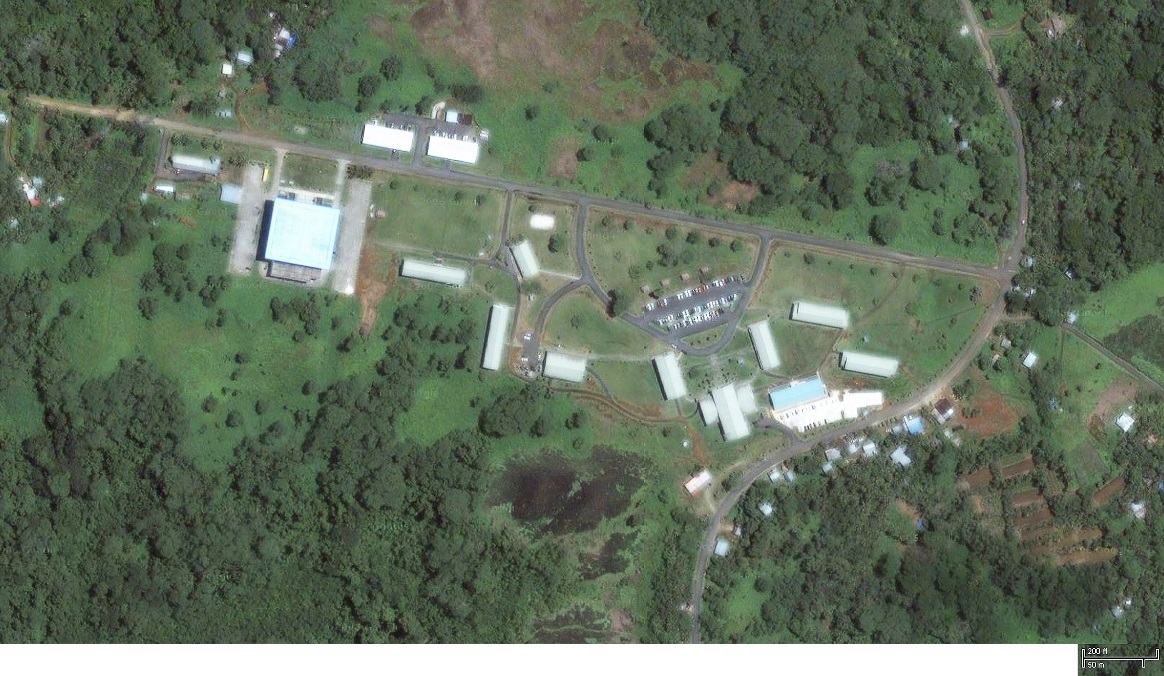Purposeful Dialogue: Provide Opportunities for Communication as a Way to Improve Institutional Effectiveness
A Story
[Note: The full document Strengthening Purposeful Dialogue: A Handbook Of Guiding Principles, Protocols, and Strategies is available for download.]
A Good Idea Missed
A staff member at the college noticed that there was an annoying backup of goods purchased by the college that were held in Customs because their shipping labels did not identify a receiving department. The staff member was fairly new at the college and did not know the history of this issue, but it seemed to him that it could be easily solved by adding a space or code to college shipping orders that identified the specific department awaiting the purchased goods.
But, at that point, this individual did not know for sure where to go to suggest this change, or exactly who would have to approve it, or even whether there were reasons why what seemed a logical change had never been adopted. In his unit there was never a meeting of employees to discuss what common issues they faced or whether there were ways to improve performance.
Partly because he was new, and partly for fear of offending his superiors by suggesting a problem with current procedures, the employee did not offer his suggestion to anyone. The shipping delays continued.
Protocol
A number of important communication issues came into play in this simple story, which illustrates normal difficulties in "problem solving" scenarios.
- First, to fix a problem, you need to fully understand it. Remember the story of Rikki Tikki Tavi in Rudyard Kipling's The Jungle Book: "The motto of all the mongoose family is 'Run and find out.'" (Kipling) That motto is a good one for all communicators.
- Second, to communicate about a problem you need to know the decision paths within your organization.
- Third, if you are a manager, then your employees need an effective way to bring problems and solutions to your attention or to discuss them with one another.
Strategies
The table that follows offers a question sequence that can prove helpful in understanding the full dimensions of the problem you wish to address. Be like Rikki Tikki Tavi.
Table 1. Understand the Problem before You Try to Solve It. |
|
|---|---|
|
The following problem-solving sequence is adapted from one developed in the 1970s by Prof. Michael G. Moran when he was at Clemson University. These questions help generate ideas for thinking and writing about complex issues or problems within an institution. Such a question sequence (or some variation of it) will make it easier for you to be sure you understand the problem in all its dimensions before you try proposing a solution. Ideally, you should be able to answer all of the questions in the sequence before you proceed. Note that the word "problem" can mean that there is something wrong, or it could just mean that something could be done more effectively, or even that there is a lack of necessary information about a matter. |
|
|
Problem-Solving Questions |
Comments |
Does a problem exist?
|
Answering these questions really helps you understand whether the "problem" you are concerned about is serious enough to require further action. Even when the "problem" is defined for you (such as in an accreditation report), you may still need to answer these questions before proceeding. |
Who or what causes or contributes to the problem?
|
Answering these questions will help you gauge some of the institutional realities that might underlie the problem's existence. Do not underestimate the value of understanding the history of a problem before trying to communicate a solution. Such understanding can help you think strategically about your communication, including who is affected and which mode of communication to use and in what sequence. |
What is the structure of the present system?
|
Answering these questions should help you understand the "big picture" surrounding the problem that concerns you. Few problems in an institution occur in isolation from the rest of the place. If there are institutional barriers to solving the problem, these answers will guide you in thinking about how to address such issues. |
Can the problem be solved?
|
Solutions may introduce new problems or produce unanticipated results. Answering these questions is a good example of “planning ahead.” Think of both cost and save in broad terms: money, time, efficiency, etc. Developing specific criteria for solving a problem is a critical step in communicating about it. Answering this question helps people reach common understanding of what conditions must exist for the problem to be solved. |

Figure 2. Aerial view of COM-FSM National Campus. 2013. Photo courtesy of Beca. Note that the overall footprint of even the National Campus is compact and should make face-to-face communication relatively easy.
Related Story
